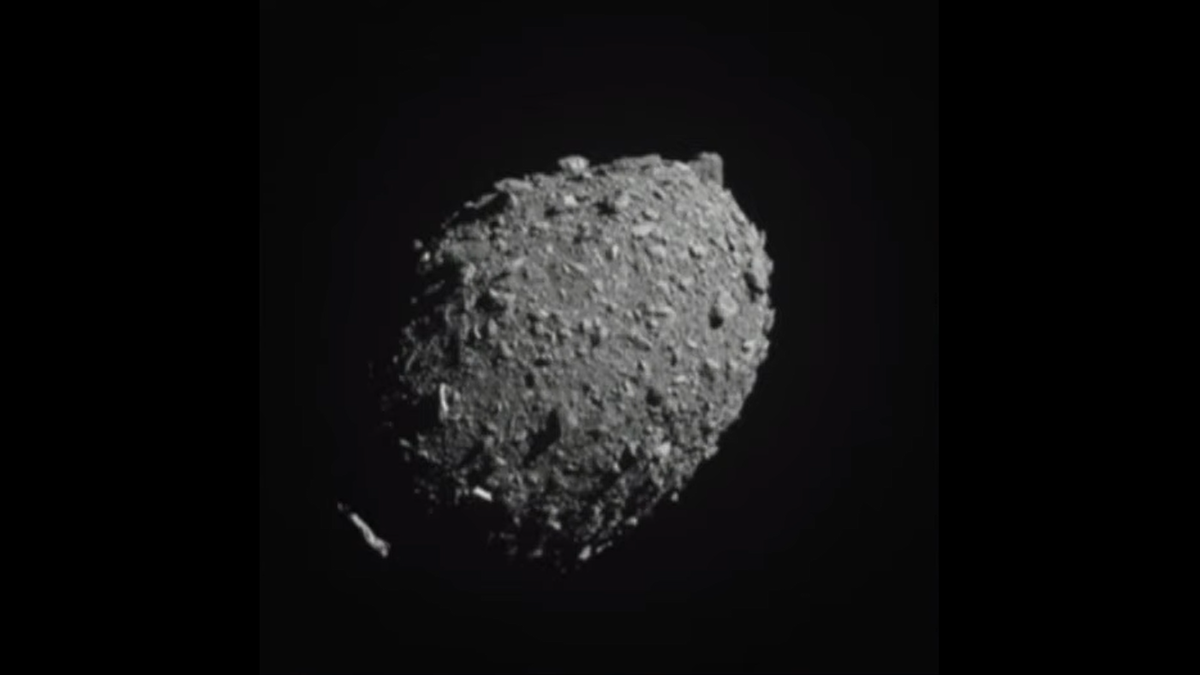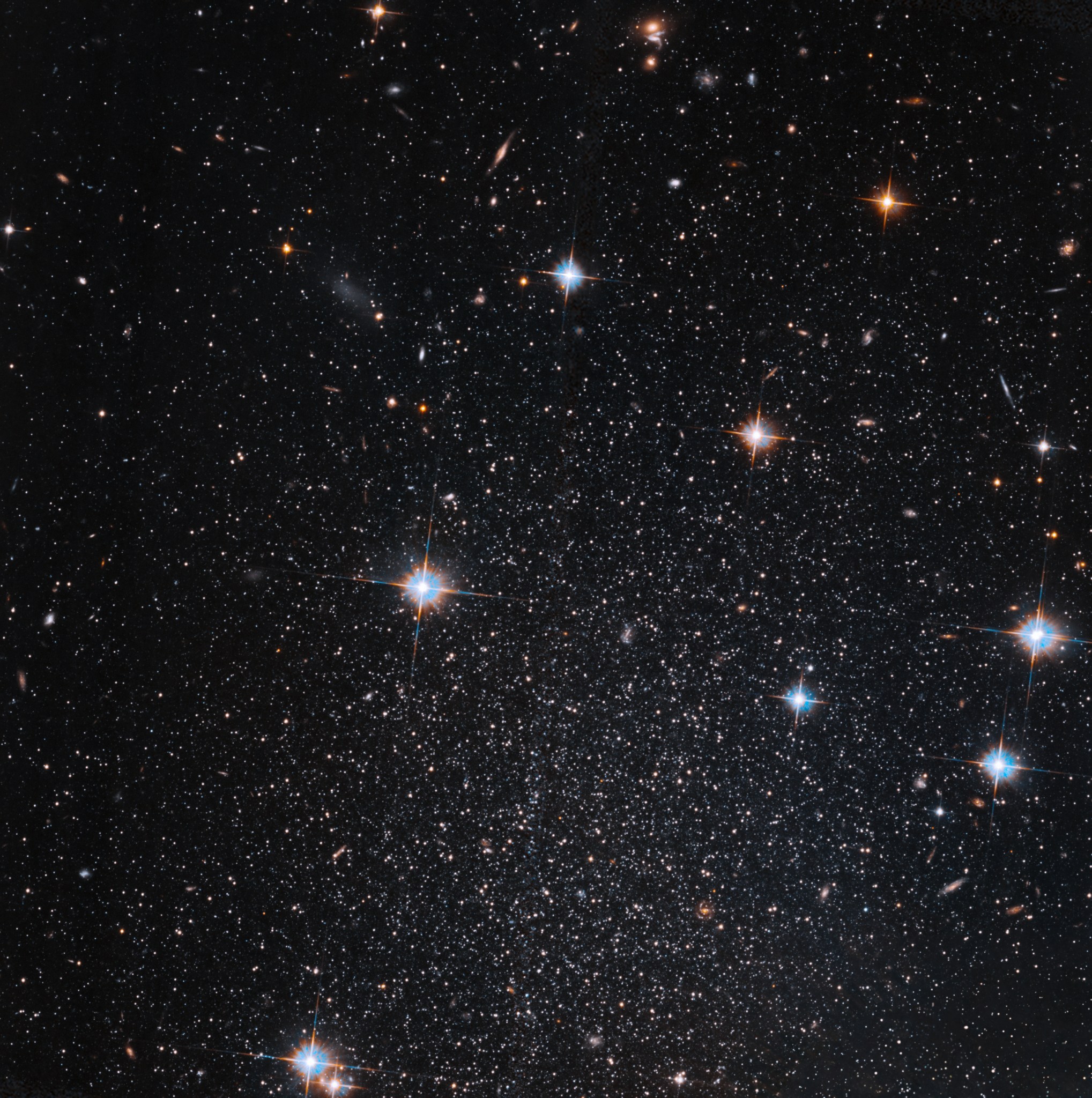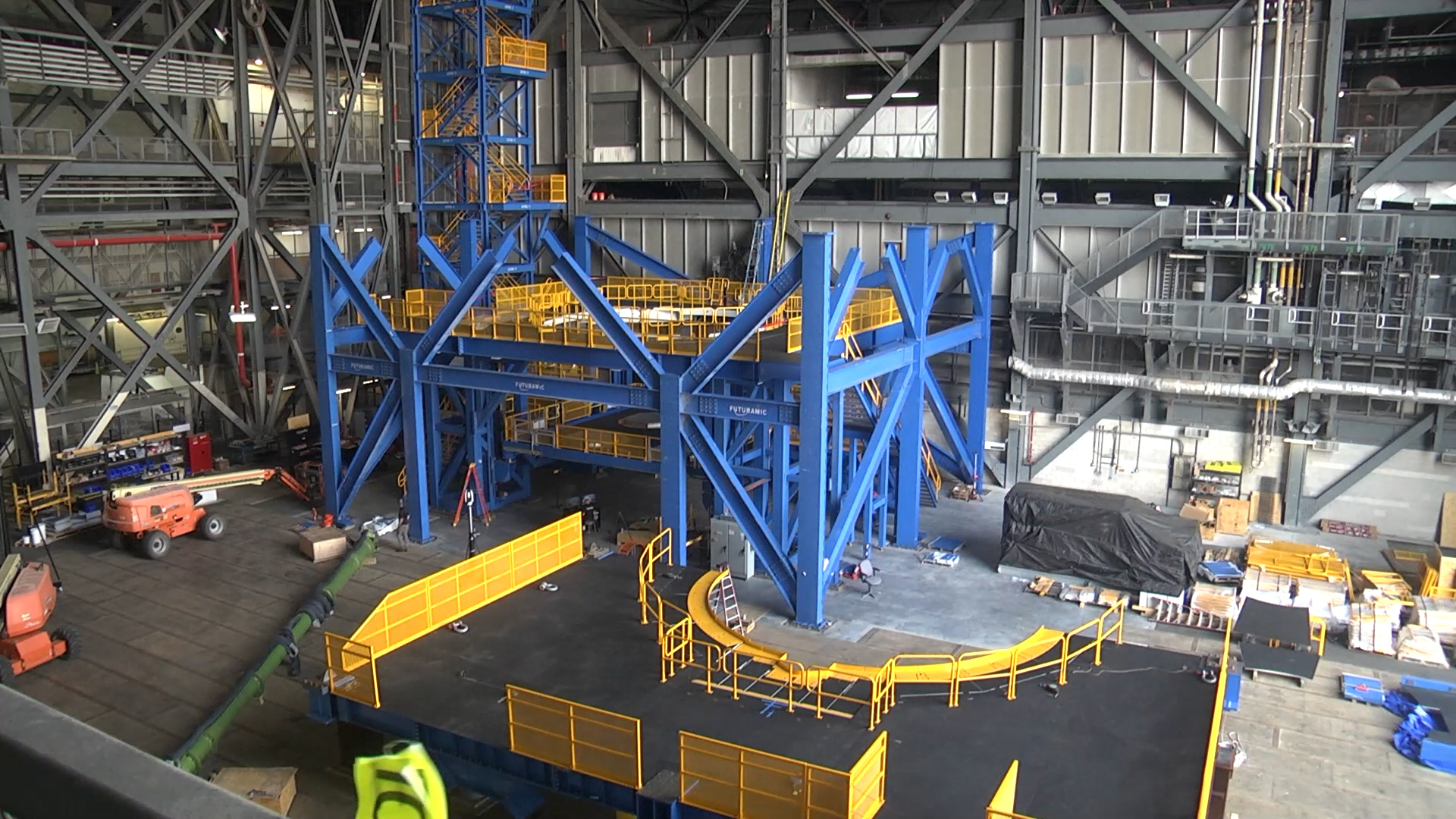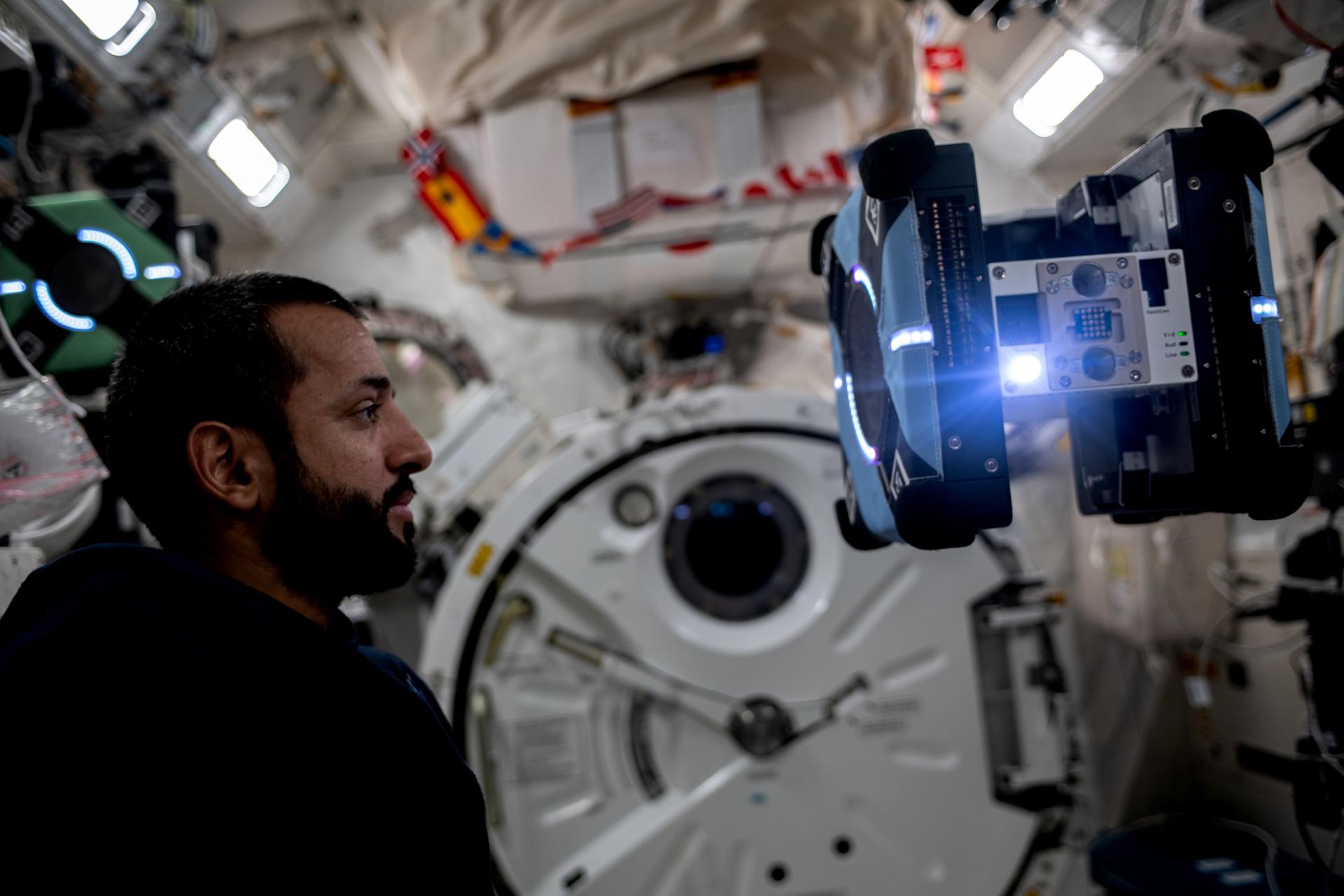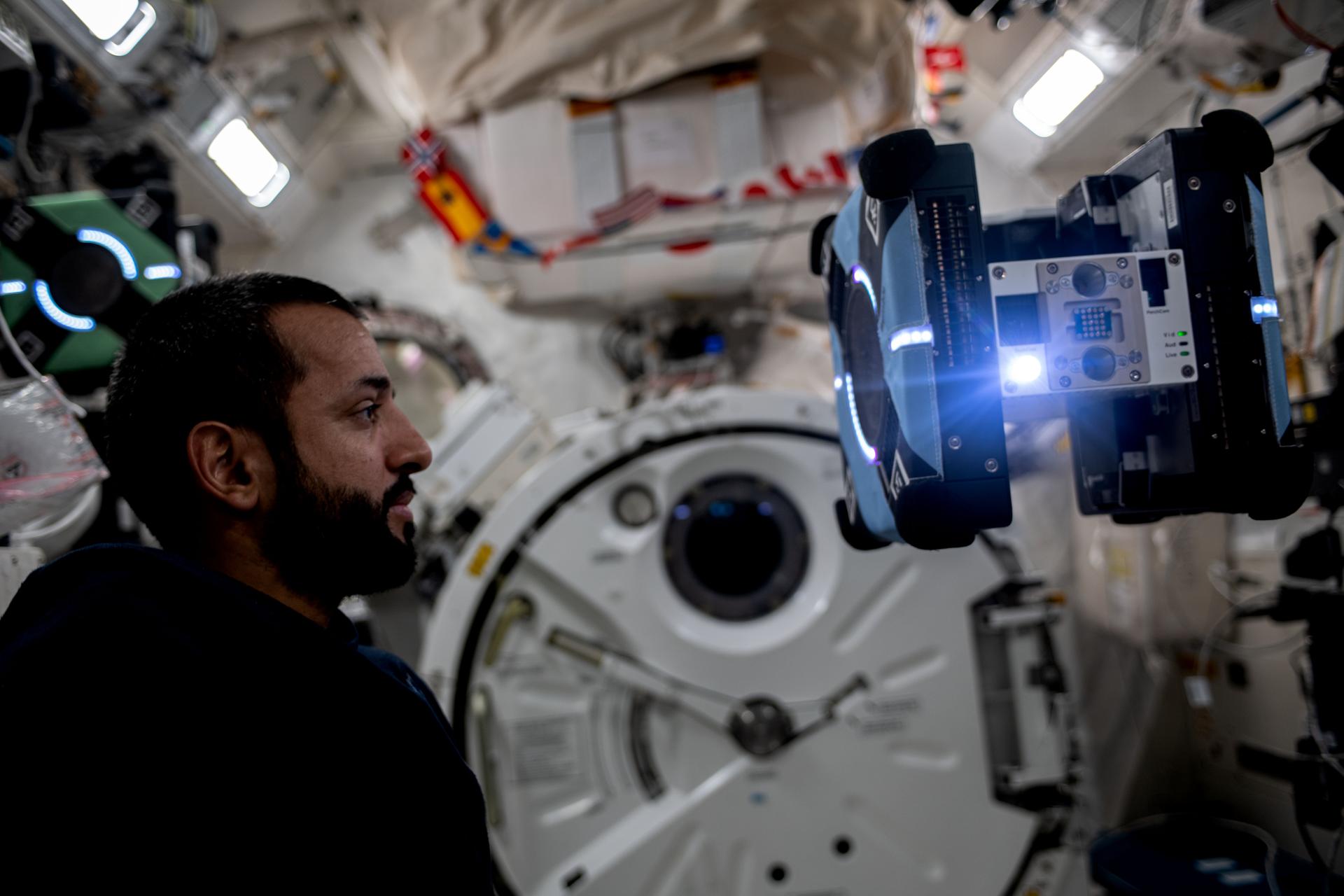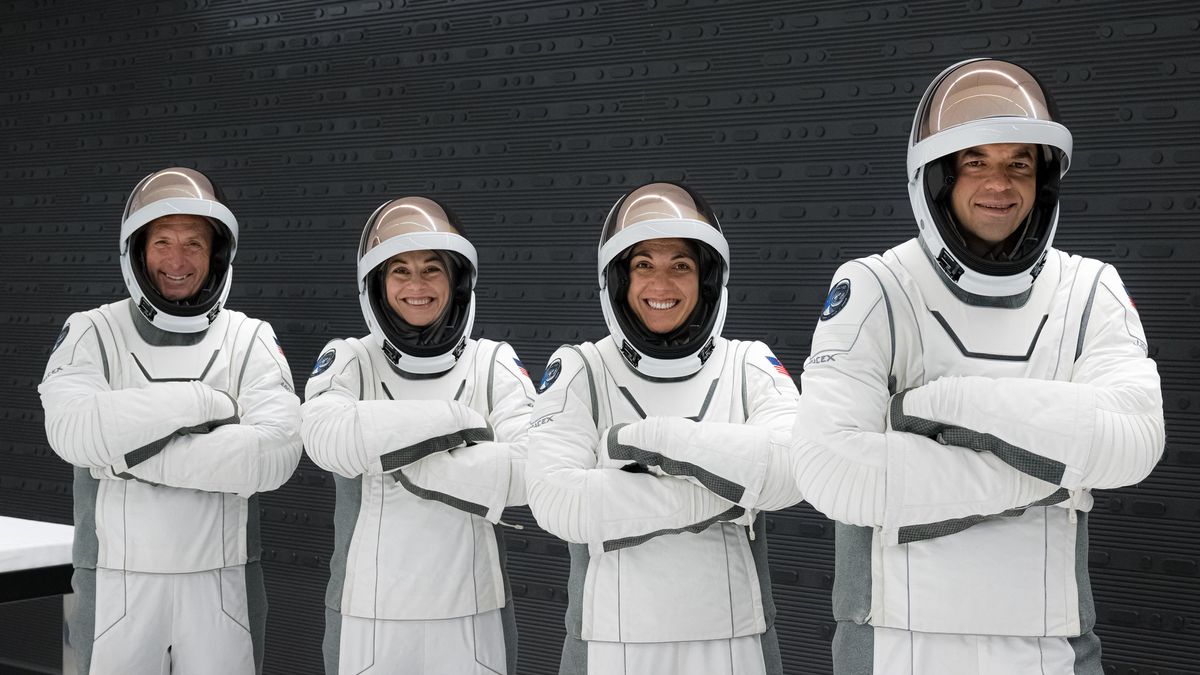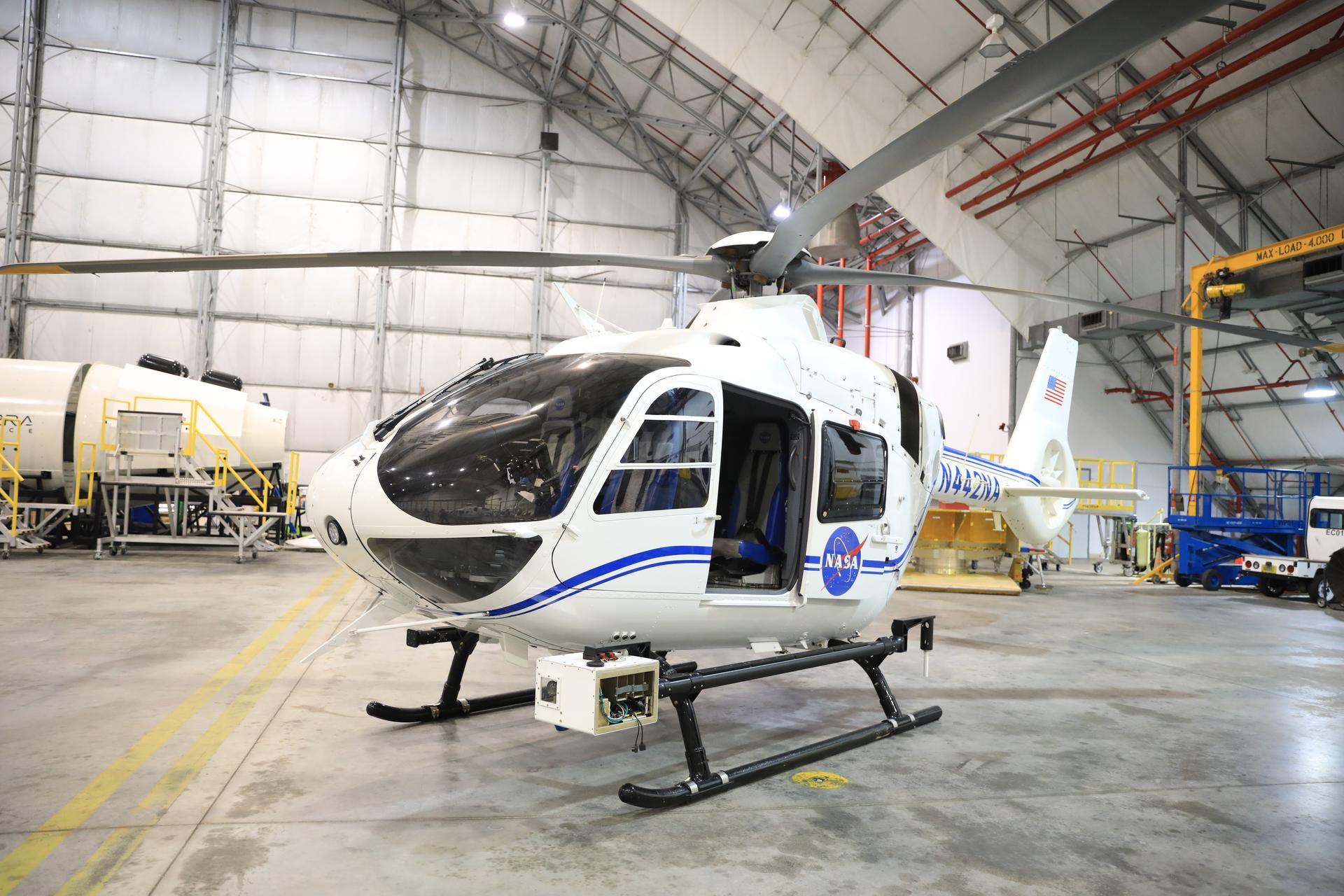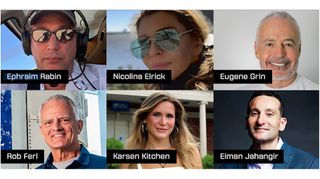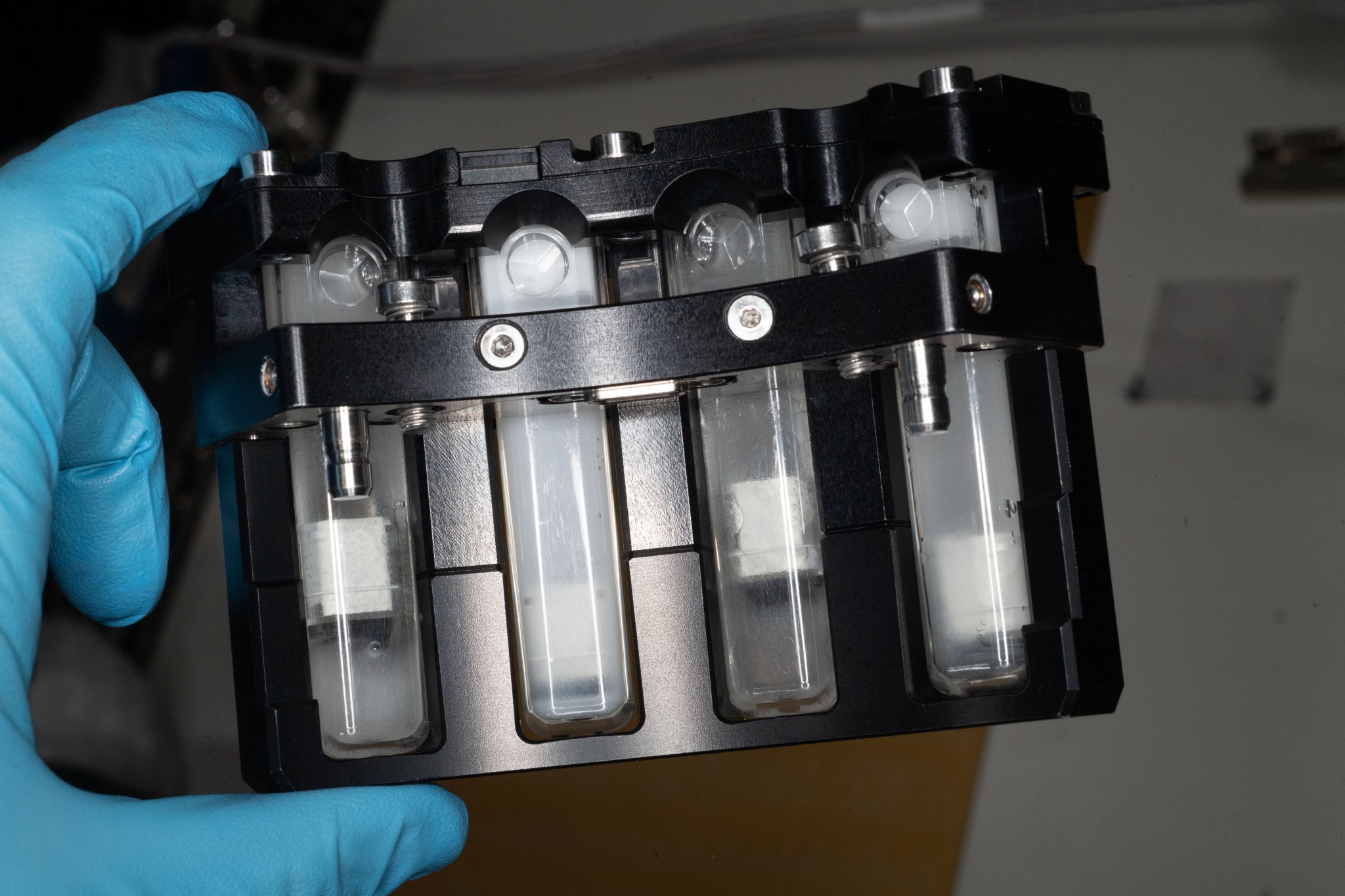Rogue asteroids, to put it simply, pose a threat to Earth. Though there hasn’t been a cataclysmic event in about 65 million years, that’s not to say there haven’t been nail-biting moments during space rock flybys — in 2013, for instance, the Chelyabinsk asteroid slammed into Earth’s atmosphere “blazing like a second sun” and sending shockwaves through the surrounding area. Space agencies around the world understandably want to be prepared. To this end, NASA launched the Double Asteroid Redirection Test (DART) spacecraft in 2022, its first mission dedicated to demonstrating…
Read MoreMonth: August 2024
Hubble Pinpoints a Dim, Starry Mini-galaxy
The Pegasus Dwarf spheroidal galaxy, also known as Andromeda VI, is one of at least 13 dwarf galaxies that orbit the Andromeda galaxy. NASA, ESA, and D. Weisz (University of California – Berkeley); Processing: Gladys Kober (NASA/Catholic University of America) A glittering collection of stars shines against a background of much more distant galaxies in this view from NASA’s Hubble Space Telescope of the Pegasus Dwarf spheroidal galaxy, also known as Andromeda VI. The Andromeda galaxy, also known as Messier 31, is the Milky Way’s closest grand spiral galaxy neighbor,…
Read MoreNASA, Boeing Optimizing Vehicle Assembly Building High Bay for Future SLS Stage Production
NASA is preparing space at the agency’s Kennedy Space Center in Florida for upcoming assembly activities of the SLS (Space Launch System) rocket core stage for future Artemis missions, beginning with Artemis III. Teams are currently outfitting the assembly building’s High Bay 2 for future vertical assembly of the rocket stage that will help power NASA’s Artemis campaign to the Moon. During Apollo, High Bay 2, one of four high bays inside the Vehicle Assembly Building, was used to stack the Saturn V rocket. During the Space Shuttle Program, the…
Read More40 Years Ago: President Reagan Announces Teacher in Space Project
On Aug. 27, 1984, President Ronald W. Reagan announced the Teacher in Space project as part of NASA’s Space Flight Participant Program to expand the space shuttle experience to a wider set of private citizens who would communicate the experience to the public. From 11,000 teacher applicants, each of the 50 states and territories selected two nominees for a total of 114. After meeting with each candidate, a review panel narrowed the field down to 10 finalists. These 10 underwent interviews and medical examinations. A senior review panel recommended S.…
Read MoreDETAIL OPPORTUNITY: NASA OFFICE OF THE GENERAL COUNSEL
2 min read Preparations for Next Moonwalk Simulations Underway (and Underwater) The National Aeronautics and Space Administration (NASA) seeks applicants interested in six to twelve month reimbursable details with the Office of General Counsel (OGC). Applicants must be current Federal Employees. Applicants should receive the approval of their supervisor before applying. Consisting of a Headquarters Office and nine Center-level legal offices, NASA OGC provides advice and legal support on cutting edge issues in support of NASA’s mission of research and exploration on behalf of the United States. Ideal candidates will…
Read MoreNASA Seeks Input for Astrobee Free-flying Space Robots
4 Min Read NASA Seeks Input for Astrobee Free-flying Space Robots iss069e010815 (May 16, 2023) — UAE (United Arab Emirates) astronaut and Expedition 69 Flight Engineer Sultan Alneyadi observes a free-flying Astrobee robotic assistant during the testing of its operations for an upcoming student competition to control the robotic devices. Credits: NASA NASA is seeking input from American companies for the operation and use of a system of free-flying robots aboard the International Space Station as the agency continues to foster scientific, educational, and technological developments in low Earth orbit…
Read MoreSpaceX Polaris Dawn astronauts will conduct high-flying research in Earth orbit
Call it one high leap for astronaut science. The Polaris Dawn mission, funded by billionaire entrepreneur Jared Isaacman, is scheduled to launch on a SpaceX Falcon 9 rocket no earlier than Tuesday morning (Aug. 27). It has two major operations goals: to perform the first-ever private spacewalk and to fly higher than any crewed spacecraft since the Apollo era, at about 870 miles (1,400 kilometers). The four-person crew includes Isaacman as commander (who previously funded and commanded the private Inspiration4 orbital mission in 2021); pilot Scott “Kidd” Poteet, a business…
Read MoreNASA Develops Pod to Help Autonomous Aircraft Operators
The NASA Airborne Instrumentation for Real-world Video of Urban Environments (AIRVUE) sensor pod is attached to the base of a NASA helicopter at NASA’s Kennedy Space Center in Cape Canaveral, Florida in April 2024 before a flight to test the pod’s cameras and sensors. The AIRVUE pod will be used to collect data for autonomous aircraft like air taxis, drones, or other Advanced Air Mobility aircraft. NASA/Isaac Watson For self-flying aircraft to take to the skies, they need to learn about their environments to avoid hazards. NASA aeronautics researchers recently…
Read MoreBlue Origin’s next space tourism flight will launch on Aug. 29
Blue Origin will launch its eighth human spaceflight this week, if all goes according to plan. Jeff Bezos‘ company is targeting Thursday (Aug. 29) for NS-26, its latest suborbital space tourism mission. The reusable New Shepard rocket-capsule combo is scheduled to lift off from Blue Origin‘s West Texas site at 9 a.m. EDT (1300 GMT; 8 a.m. local Texas time). You’ll be able to watch the action live: Blue Origin will livestream the launch, beginning at 8:20 a.m. EDT (1220 GMT). The crewmembers for NS-26, Blue Origin’s next suborbital space…
Read MoreStation Science Top News: August 23, 2024
Researchers successfully produced cellulose from bacteria cultured on the International Space Station for four weeks. The bacteria used in the experiment, K. hansenii, is known to produce the highest amount of cellulose and could be considered for large-scale production in microgravity to support the development of materials used in construction, clothing, and the supply of energy. Ice Cubes Experiment Cube #4, #5- Kirara, a temperature-controlled module typically used for protein crystallization, was used here to incubate the target bacteria. Researchers developed a customized methodology that consisted of adjusting gas and…
Read More